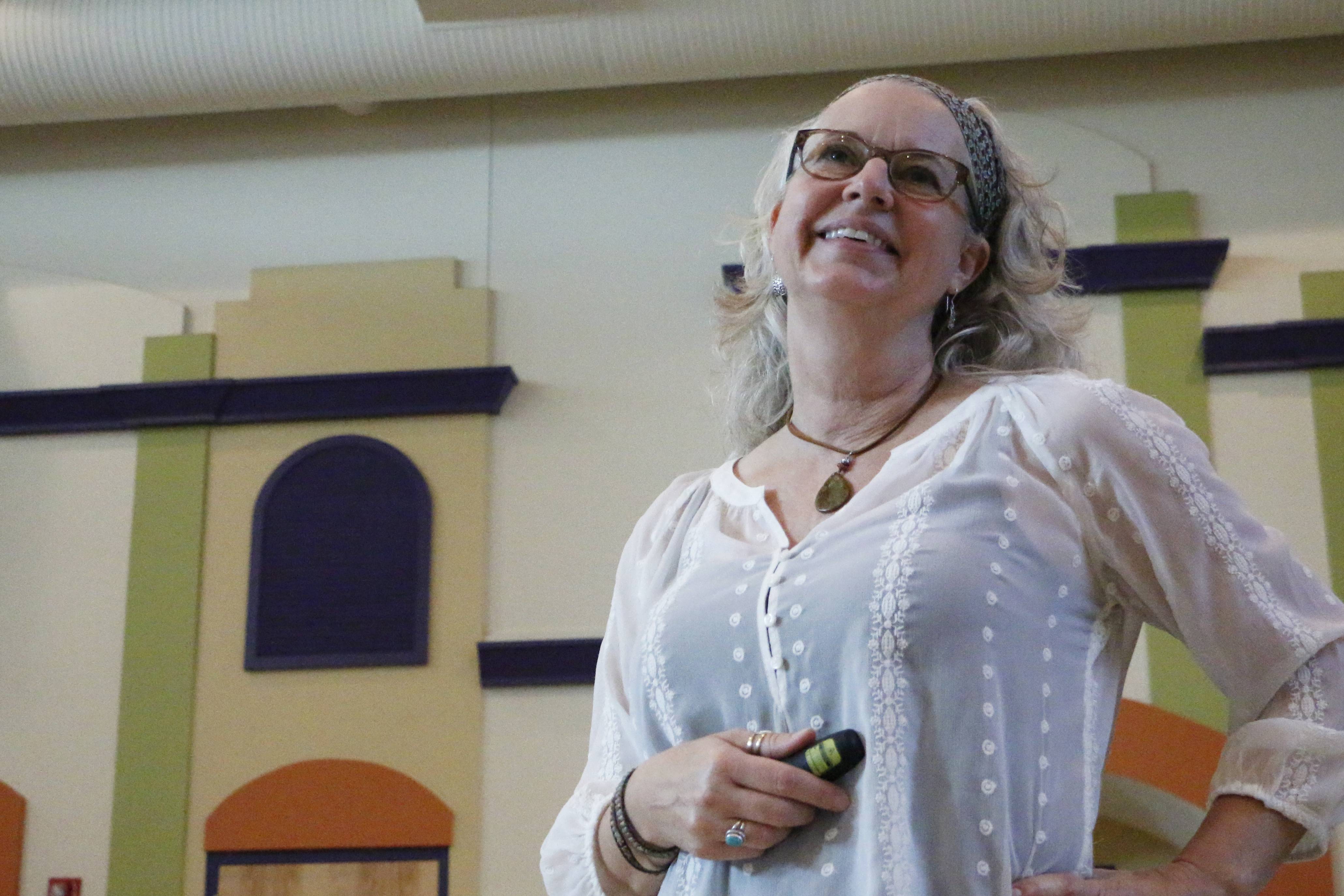Looking to Bear Fruit
Published September 19th, 2017 at 9:00 AM
In the orchards of Lafayette County, which is located just to the north and east of Kansas City, the peaches are giving way to apples.
While locals and immigrant laborers work the land, the county’s educators have joined together to take on another type of harvest — young minds.
Educators throughout Lafayette County came together this summer to learn about and implement trauma-informed care in their classrooms.
Don’t let the pastoral setting fool you, educators say. Lafayette County residents might not have to deal with the endemic crime of the urban core, but there is childhood trauma nonetheless. And it’s time educators learn to adjust their approach rather than simply ignore the problem.
“Kids aren’t any different no matter where you go. That’s just a universal truth,” said Aaron Knipmeyer, director of special services for the Lafayette County school district. “Whether it’s a parent incarcerated, whether it’s witnessing domestic violence, seeing a victim of domestic violence, sexual abuse or emotional abuse. Those problems affect kids no matter where they are.”
The movement to create trauma-informed care schools began in part after the Adverse Childhood Experiences study, commonly known as ACEs. It pointed out how traumatic childhood experiences change the developing childhood brain and play a critical role in health later in life.
Mental health officials long ago adopted the trauma-sensitive approach. Schools have slowly begun embracing the idea that by teaching children coping skills, they can help build resiliency. Area schools have reported dramatic results when they use a trauma-informed care approach rather than immediately doling out discipline to a child already in crisis.
“I think that what’s happened is our educators have really realized the impact of traumatic events and traumatic stress on the ability of our students to listen and learn in the classroom,” said Dena Sneed, a community occupational therapist at Truman Medical Center.
Instead of thinking about challenging students as a behavior issue, Sneed has challenged educators to think about it as a brain issue. Toxic stress can damage a child’s brain. A child can’t think clearly when going through trauma at home.
Sneed has worked with educators throughout the region and country to implement trauma-informed care strategies. Yet the Lafayette County group is unique because six districts — Odessa, Lafayette County, Wellington-Napoleon, Santa Fe, Concordia and Lexington — pooled their resources to afford the training.
They already apply for grants and pool professional brainpower when it comes to mental health issues as part of a formal consortium called Brighter Futures. Trauma care was a natural progression.

Dena Sneed, who helped facilitate Friday’s training, is assisting the Lafayette County school districts as well. She is the director of the Center for Trauma Informed Innovation, which is part of Truman Medical Center Behavioral Health. (Mike Sherry | Flatland)
The group received a grant from the REACH Foundation to attend trauma training at Truman Medical Center and will receive follow-up help later. Truman’s behavioral health professionals required the 25 attendees to create an action plan for implementing trauma-informed care in each district.
Sneed will travel to the county and follow up for several months this year. She’ll offer workshops, professional development and advice on challenging students.
Trauma-informed care cannot be viewed as yet another education reform fad, Sneed said. If implemented correctly, it should become how districts operate.
Each district will handle implementation differently, but at Lafayette County, Knipmeyer said staff focuses on how they speak to students whom they might have tagged as behavior challenges before. Instead of asking what’s wrong, they’ll frame it differently.
“What happened to this kid? What maybe is going on with this child’s life that’s created this reaction, and how do we solve this problem,” he said. “The wrong thing to do is to start screaming and yelling and exercising disciplinary measures. The right thing to do would be to find the underlying cause.”
Knipmeyer points out that it’s not unlike most modern workplaces. No one would start out by scolding an adult who was clearly in crisis.
Ultimately it means building better relationships with students. Few, he believes, can argue with that approach.
“It’s doing what we’ve been doing, only better,” he said. “You get more out of your instruction when that child has a relationship with you.”
— Dawn Bormann Novascone is a freelance journalist based in Kansas City who spent 15 years covering news at The Kansas City Star.


